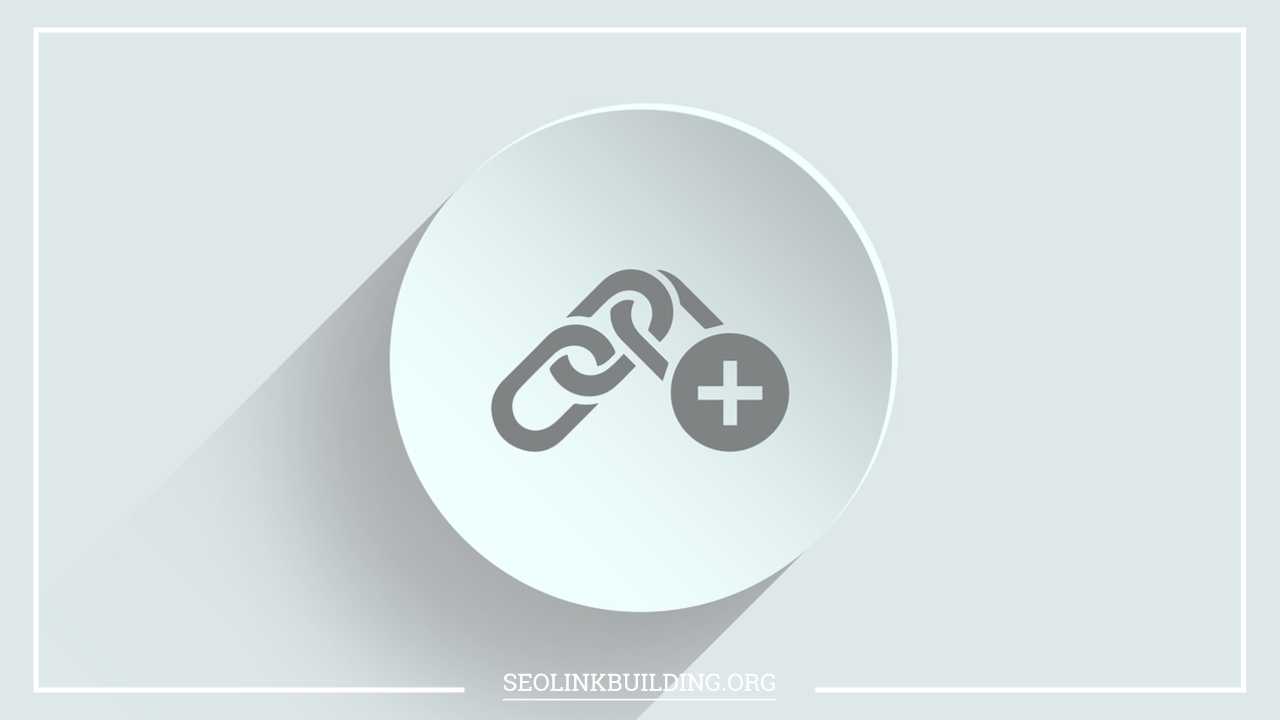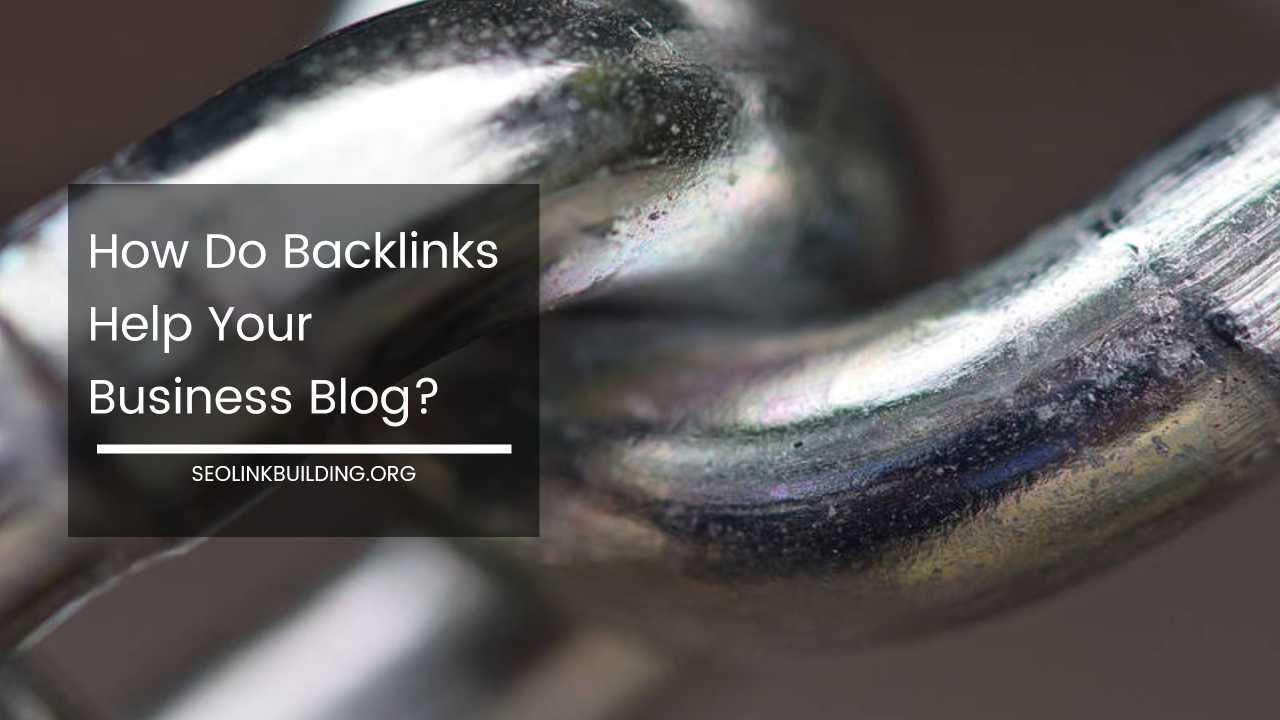Nofollow, UGC & Sponsored Link Attributes in Current SEO Scenario

Nofollow, UGC, & Sponsored Link Attributes
Nofollow, UGC & Sponsored Link Attributes in the Current SEO Scenario
In the constantly evolving world of Search Engine Optimization (SEO), the understanding and application of link attributes are fundamental for maximizing website visibility and performance.
Among the myriad of attributes available, nofollow, ugc, and sponsored have emerged as critical components in modern SEO strategies.
This comprehensive guide will delve into the current significance of these attributes, their impact on search engine rankings, and best practices for their effective use, all while providing insights into their evolution and practical implications.
Understanding Link Attributes: A Historical Perspective
Before diving into the specifics of nofollow, ugc, and sponsored attributes, it’s crucial to understand the broader context of link attributes in SEO.
Historically, link attributes have been used to communicate to search engines how they should handle a particular link.
This includes whether a link should pass link equity (also known as “link juice”) and how it should be interpreted in terms of content relevance and trustworthiness.
The Evolution of Link Attributes
- Early Days of SEO: In the early days of SEO, link attributes were relatively simple. The focus was predominantly on building as many links as possible to boost rankings. However, as search engines became more sophisticated, they started focusing on the quality and relevance of links rather than just their quantity.
- Introduction of
Nofollow: Thenofollowattribute was introduced by Google in 2005 as a means to combat spammy link practices. It was designed to prevent the passing of link equity from one site to another, which was particularly useful in managing the issue of link manipulation and spam. - Rise of User-Generated Content and Sponsored Links: With the advent of social media and user-generated content (UGC), the need to distinguish between different types of links became more pressing. In response, search engines introduced new attributes to better categorize links, leading to the introduction of the
ugcandsponsoredattributes.
The Nofollow Attribute
The nofollow attribute is one of the most well-known and widely used link attributes in SEO. Initially created to combat spam, its role has evolved, and it now serves several strategic purposes.
Historical Role of Nofollow
When first introduced, the nofollow attribute was primarily intended to prevent link spamming by disallowing search engines from passing any link equity or PageRank to the target page. This was crucial in curbing the manipulation of search engine rankings through low-quality or spammy links.
Current Applications of Nofollow
Today, the nofollow attribute has a more nuanced role in SEO strategy:
- Disavowing Harmful Links: One of the primary uses of
nofollowis to disavow links that are potentially harmful. For instance, if a website receives links from spammy sites or sites with questionable content, applyingnofollowhelps mitigate the risk of these links impacting the site’s reputation or search engine rankings. - Controlling Internal Link Indexing: While not a widespread practice, some sites use
nofollowon internal links to manage which pages are indexed by search engines. This can be particularly useful for controlling the crawl budget and ensuring that search engines focus on indexing high-value pages. - Managing Third-Party Content: For websites that host user-generated content, such as comments, forums, or reviews, applying
nofollowto these links helps prevent the site from being associated with potentially low-quality or harmful external content. This practice helps maintain the site’s credibility and search engine standing.
Best Practices for Using Nofollow
- Strategic Use: Avoid overusing
nofollowas it can dilute the overall effectiveness of your internal linking strategy. Use it strategically to disavow harmful links and control indexing where necessary. - Monitor and Adjust: Regularly monitor the impact of
nofollowon your site’s SEO performance. Assess whether certain pages should be included or excluded from indexing based on their relevance and value. - Combine with Other Strategies: Use
nofollowin conjunction with other SEO strategies, such as quality content creation and proper keyword optimization, to ensure a balanced approach to search engine ranking.
The UGC Attribute
The ugc (User-Generated Content) attribute was introduced by Google in 2019 to address the increasing complexity of managing links within user-generated content. It provides search engines with a way to identify and treat these links differently from editorial links.
Role and Importance of UGC
User-generated content encompasses a wide range of contributions from users, including comments, forum posts, and community reviews. The ugc attribute helps search engines differentiate these links from those created by site owners or editors, which can influence search engine rankings differently.
Benefits of Using UGC
- Enhanced Content Relevance: By marking links with the
ugcattribute, search engines can better understand the context of user-generated content and assess its relevance. This helps in maintaining the quality and relevance of search results. - Reduced Risk of Penalties: The
ugcattribute helps protect website owners from penalties associated with low-quality or spammy user-generated content. It signals to search engines that these links are not endorsed by the site owner, thereby mitigating the risk of negative impact on the site’s SEO.
Best Practices for Using UGC
- Quality Control: Implement moderation practices to ensure that user-generated content is relevant and high-quality. While the
ugcattribute helps manage link-related issues, maintaining high content standards is crucial for overall site health. - Transparency: Clearly communicate to users that their contributions are categorized as user-generated content. This transparency helps build trust with your audience and encourages meaningful engagement.
- Leverage UGC Strategically: Use user-generated content to enhance your site’s value and relevance. Engage with your audience to foster high-quality contributions and incorporate valuable user insights into your content strategy.
The Sponsored Attribute
The sponsored attribute is designed to clearly indicate that a link is part of a paid promotion or sponsorship. This attribute helps maintain transparency and ensures that users and search engines understand the nature of the link.
Importance of Sponsored
As online advertising and sponsored content have become more prevalent, the need for clear differentiation between paid and organic content has grown. The sponsored attribute helps in maintaining transparency and trust in digital marketing practices.
Benefits of Using Sponsored
- Improved Transparency: By marking links with the
sponsoredattribute, websites can clearly distinguish between paid promotions and organic content. This transparency helps users make informed decisions and fosters trust. - Compliance with Guidelines: Using the
sponsoredattribute ensures compliance with search engine guidelines and advertising standards. This helps avoid penalties related to deceptive or misleading advertising practices.
Best Practices for Using Sponsored
- Clear Labeling: Always use the
sponsoredattribute to clearly label paid content. This not only complies with search engine guidelines but also maintains user trust and credibility. - Maintain Content Quality: Ensure that sponsored content is of high quality and provides value to users. Paid promotions should align with your overall content strategy and offer genuine value to your audience.
- Monitor Impact: Regularly assess the performance of sponsored links and their impact on your site’s SEO. Adjust your strategy as needed to ensure that sponsored content does not negatively affect your site’s rankings or user experience.
Comprehensive Best Practices for Link Attributes
To optimize the use of nofollow, ugc, and sponsored attributes, consider the following comprehensive best practices:
- Strategic Application: Apply each attribute strategically based on the nature of the link and its purpose. Overuse or incorrect application can undermine your SEO efforts and affect user experience.
- Regular Monitoring: Continuously monitor the impact of these attributes on your site’s SEO performance. Use tools like Google Search Console and analytics platforms to track changes in rankings, traffic, and user behavior.
- User Experience Focus: Always prioritize the user experience when implementing these attributes. Ensure that links, whether user-generated or sponsored, add value and contribute positively to the overall content experience.
- Adhere to Guidelines: Stay updated with search engine guidelines and industry standards related to link attributes. Adhering to these guidelines helps avoid penalties and maintains the integrity of your SEO strategy.
- Integrate with Overall Strategy: Use these attributes in conjunction with other SEO practices, such as high-quality content creation, keyword optimization, and technical SEO. A holistic approach ensures a balanced and effective SEO strategy.
Final Thoughts
The nofollow, ugc, and sponsored link attributes play crucial roles in the modern SEO landscape.
Understanding their significance, applications, and best practices is essential for optimizing your website’s search engine performance and maintaining a positive online reputation.
By strategically implementing these attributes, website owners can enhance transparency, manage user-generated content effectively, and ensure compliance with search engine guidelines.
This comprehensive approach not only improves search engine rankings but also fosters a trustworthy and engaging user experience.













